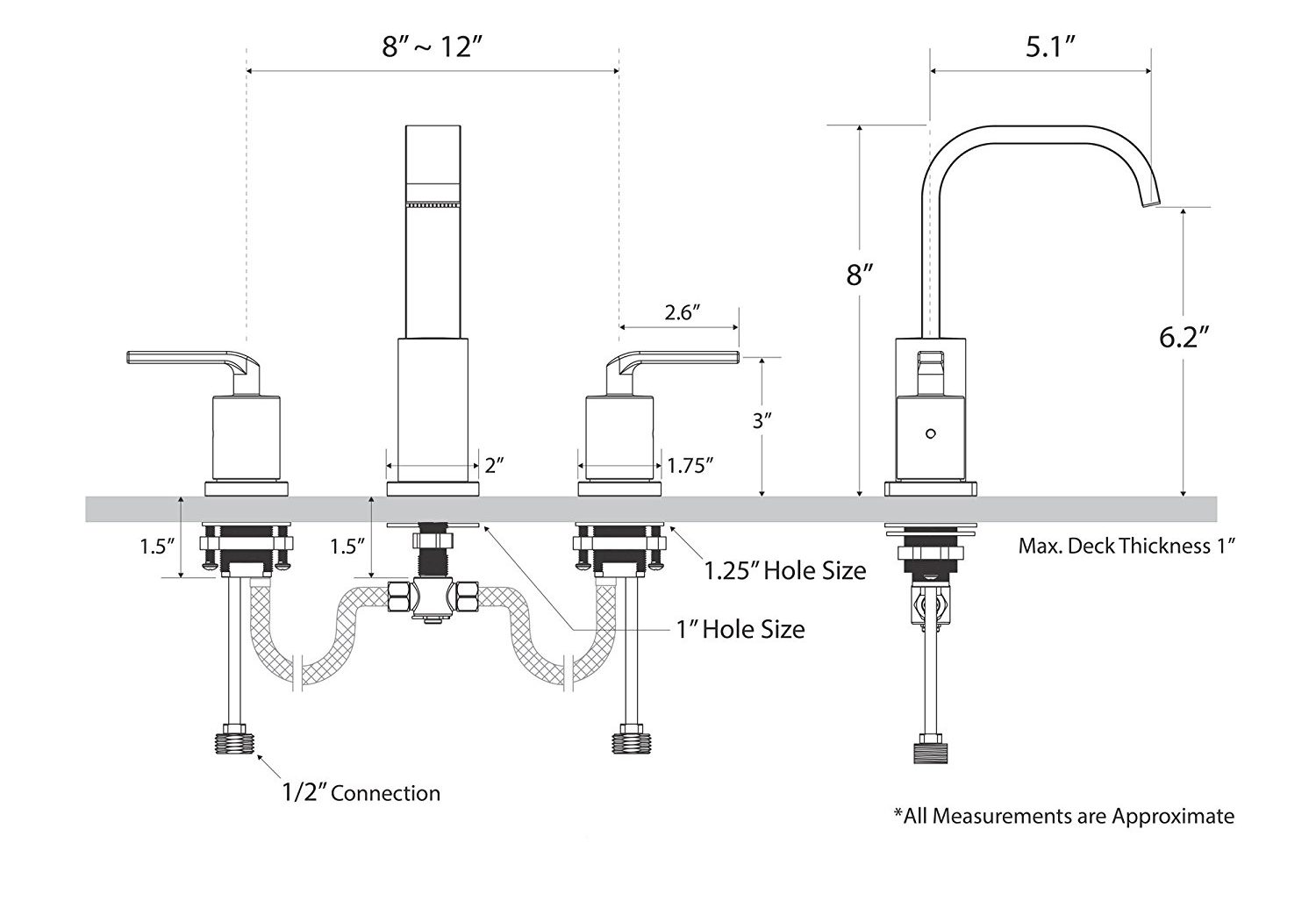

Yes, the idea of the physical ID card they discuss makes a lot of sense, however that has the problem of associating your device with your ID.
When it gets to cloud hosting the personal data and an intermediary validation service that’s where I get even more skeptical.
I have a vague idea about a system that uses a time and topology based encryption where a person’s private information is encrypted and can generate a public key pair that will only match within a set time frame so that the data is held on government servers fully encrypted and when the user issues a “consent” that consent enables validation of a check-sum when both the user and the website provide the public keys without directly querying the government database. So basically the website is issued a public key by the server that works for all citizens that are above an age limit, and the users are sent private keys from their government data store whenever new data is encrypted. If the user’s age is above the limit, the user’s key will validate the age check, and because the key changes rapidly over time it cant be used to correlate the individual across multiple validation checks.
Users can host a version of the data store locally, that can be validated as matching the government store using the query “is there a match to the shape of this encrypted data” rather than querying a specific citizen info store (this is blockchain tech, but can be centralized). This could be used to fight against identity theft, which is certain to be a crime that spikes with any digital ID system. Thats not the most clear but I think you’ll get the gist, no intermediaries necessary.
All this said, in the US there are private services that validate physical ID cards using the codes on the back or a scan of a photo of the ID, so clearly the information has already been made available to private industry from the government through some channel. So that might be even worse than proposed systems in other nations already, I dont know.












corn me up snake, I’m passing through your bountious fields shortly